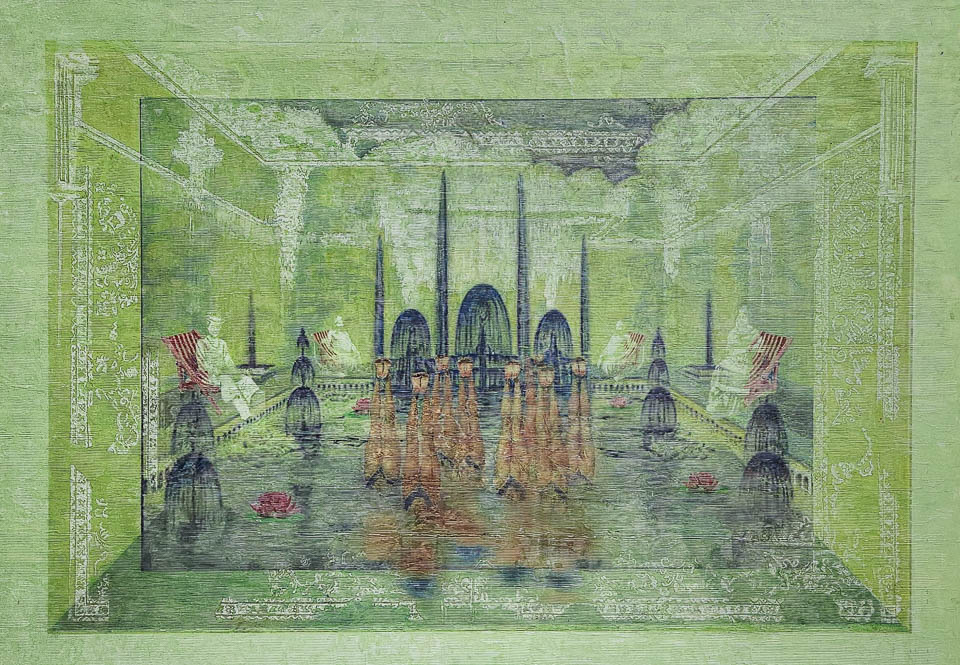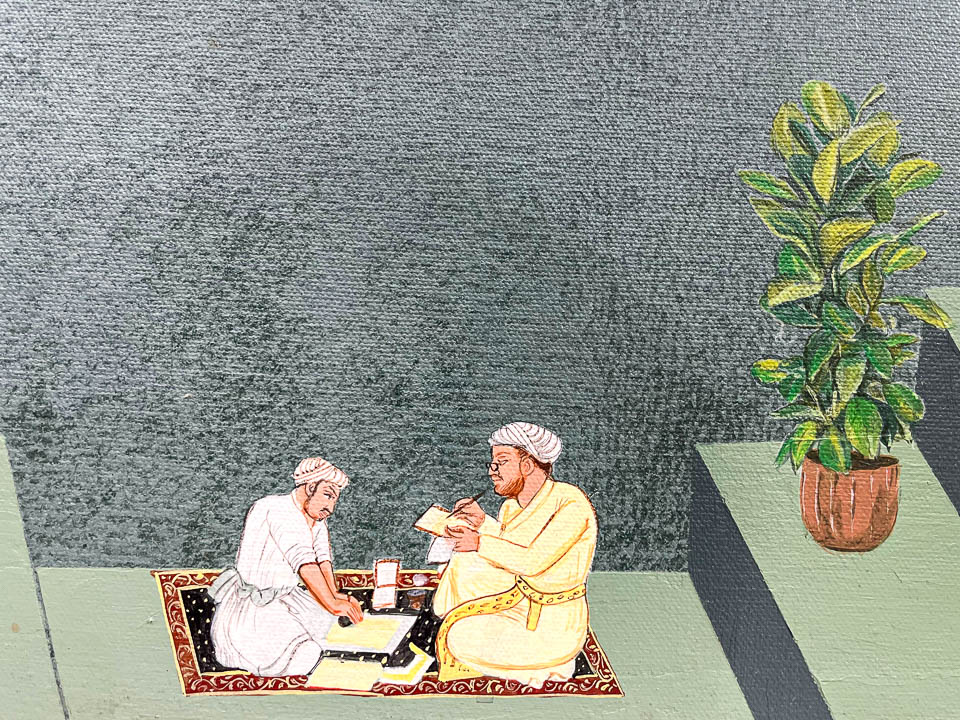In recent years, figurative and descriptive art has experienced a resurgence in the contemporary art scene. Historically, art that depicted the human form or recognizable objects in detail was the dominant form of artistic expression. Over time, abstract and conceptual art began to take centre stage, often overshadowing traditional representation. However, the 21st century has seen a revitalised interest in figurative and descriptive art, not as a return to the past but as a sophisticated evolution. Artists are now using recognisable figures and detailed descriptions of objects, places, and people to engage with contemporary issues. This shift signals a broader transformation in how art reflects and critiques society, positioning figurative and descriptive works as powerful vehicles for narrative, identity, and social commentary.
Descriptive Power and the Rise of Narrative and Identity
One reason figurative and descriptive art is gaining traction is its ability to convey narrative and identity through direct representation and meticulous detail. In a world increasingly focused on representation, diversity, and identity, such art forms offer artists an accessible and potent way to express these themes. While abstract art can sometimes seem detached or ambiguous to some, figurative and descriptive work offers familiarity inviting viewers into shared experiences. Through familiar forms—bodies, objects, and detailed environments—artists can use their art as a mirror to reflect contemporary realities.
For many contemporary artists, especially those from marginalised communities, descriptive art becomes a tool for reclaiming narratives and asserting identities. By rendering the human form and its surroundings in specific and relatable ways, these artists challenge traditional art history, which has often excluded or misrepresented certain groups. The careful depiction of underrepresented bodies and personal or collective histories creates an important dialogue about belonging and visibility, ensuring that diverse stories are seen and heard.
Descriptive Elements as a Bridge Between History and Contemporary Issues
What distinguishes today’s figurative and descriptive artists is their ability to merge detailed, recognisable representations with broader social, political, and historical contexts. Rather than simply depicting figures for aesthetic purposes, these artists use human forms and detailed settings to create dialogues between the past and the present, encouraging viewers to reflect on how history continues to shape current societal challenges.
Charanjeet Singh and Mangesh Rajguru exemplify this trend in their figurative and descriptive works. Their art weaves together history, societal issues, and contemporary commentary, offering profound insights into the world through the careful depiction of both figures and settings. Singh and Rajguru’s approach reflects how figurative and descriptive art can create a powerful connection between past and present, drawing viewers into a deeper contemplation of historical narratives and modern realities.
Charanjeet Singh: Descriptive Works Rooted in Historical Water Systems
Charanjeet Singh’s art is a clear example of how descriptive detail enhances the impact of figurative work. Singh’s focus on water as both a vital element and a historical subject brings attention to sustainable water management practices in India. His art draws inspiration from ancient Indian step wells and Mughal miniature paintings, meticulously describing these historical structures and their significance. Singh’s ability to represent water and its historical context with detailed architectural and figurative elements encourages viewers to reflect on both past wisdom and present-day ecological challenges.

In Singh’s works, descriptive elements—such as the intricate depiction of step wells—serve as more than just a backdrop. They symbolise humanity’s intricate relationship with water and nature. The figures in his work, inspired by Mughal miniatures, are not merely ornamental but act as symbols of the long-standing human efforts to preserve water and live sustainably. By blending these detailed historical references with his figurative portrayal of people interacting with water systems, Singh’s work becomes a call to action, urging contemporary society to reconsider its approach to natural resource management.
This descriptive power allows Singh’s work to transcend the limitations of simple representation, offering viewers a richly layered understanding of the importance of water conservation, framed by the wisdom of historical practices.
Mangesh Rajguru: Descriptive Satire in the Face of History
Mangesh Rajguru’s work provides a different but equally compelling approach to figurative and descriptive art. Rajguru uses satire, irony, and humour to critique social issues, blending descriptive details with historical references to create works that are both visually engaging and intellectually provocative. His art often features exaggerated human and animal figures set against meticulously rendered backgrounds, creating a juxtaposition that highlights the absurdities of societal structures and power dynamics.
Rajguru’s descriptive approach is particularly evident in his vibrant figurative compositions, where the detailed settings often mirror historical events or symbols. His depictions of colonial iconography or religious motifs are not just decorative; they serve as critical commentaries on how historical narratives continue to influence modern power structures. By including these descriptive elements, Rajguru creates a dialogue between history and the present, inviting viewers to reconsider the impact of past injustices on contemporary society.

For instance, Rajguru’s exaggerated human and animal figures, rendered with precise anatomical and emotional detail, often take on symbolic roles. These figures, presented in the midst of detailed, historically charged environments, allow Rajguru to blend satire with social critique, highlighting the persistence of inequality, corruption, social and cultural ills. This descriptive technique ensures that his figurative art carries a narrative weight, making it both accessible and thought-provoking.
Conclusion: A Renaissance of Descriptive Power
Figurative and descriptive art is undergoing a renaissance, reclaiming its place as a powerful mode of expression in the contemporary art scene. Artists like Charanjeet Singh and Mangesh Rajguru are leading this resurgence by using figures and detailed descriptions to address historical narratives, social critique, and ecological issues. Their art exemplifies how descriptive and figurative works can transcend mere representation to become vehicles for deep reflection, dialogue, and change.
As contemporary artists continue to push the boundaries of figurative and descriptive art, it becomes clear that these forms offer a universal language to understand from history. By combining detailed depiction with narrative richness, figurative and descriptive artists are reshaping how viewers engage with art, history, and society. This renewed appreciation for descriptive power signifies a dynamic period of transformation, where art is not only seen but felt, understood, and acted upon. Through its detailed and human-centred approach, figurative and descriptive art continues to evolve, offering a compelling way to navigate the complexities of the modern world.
Wells of wisdom, mirrors of society: Charanjeet Singh & Mangesh Rajguru starts 7th October at Panchsheel Park
